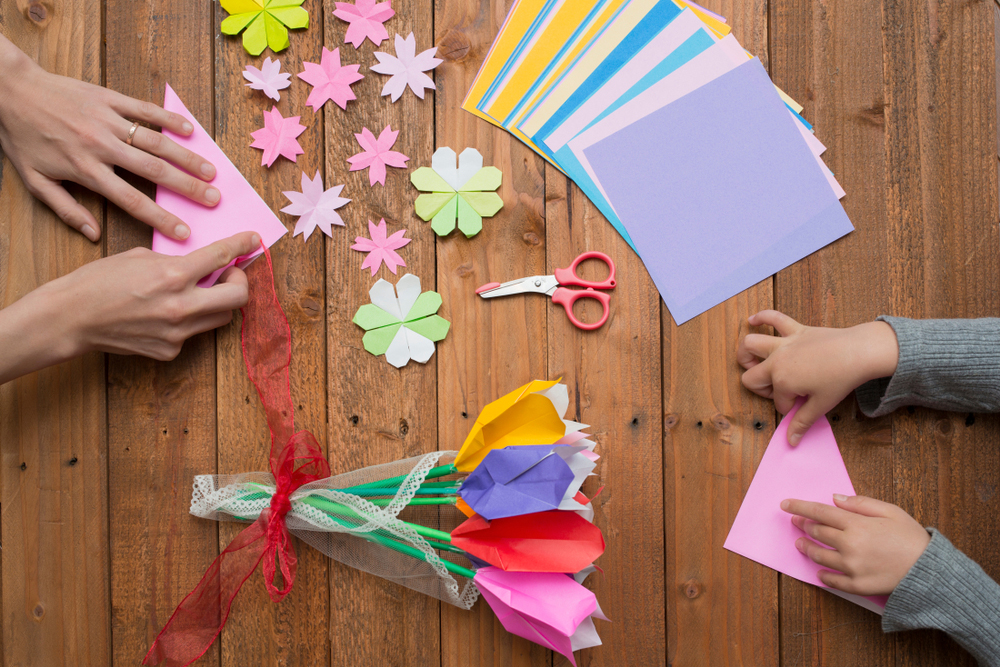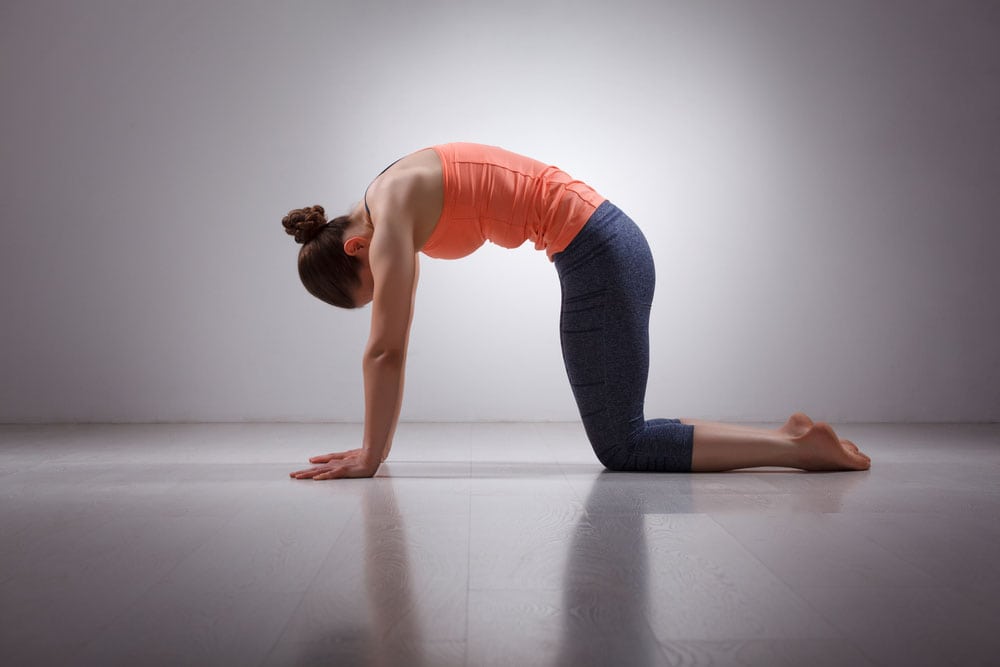- Your cart is empty
- Continue Shopping
Making Handmade Paper in 10 Easy Steps

Ancient Egyptians invented the first substance like the paper we know today called Papyrus. Papyrus scrolls were made by taking slices of the inner part of the papyrus stem, flattening then pounded into a hard, thin sheet. The word “paper” comes from the word “papyrus”. The Paper that we know today was invented by Ts’ai Lun in A.D. 105, It is believed that he mixed hemp, mulberry bark, and rags with water, mashed it into a pulp, pressed out the liquid and hung it to dry in the sun. Paper was born and this humble mixture would set off one of mankind’s greatest communication revolutions.
Today there is a revival in homemade papermaking crafts. Not only is it a fun experience for you and the kids, but it’s a good way to recycle waste into wonderful possibilities. Below you will find a simple papermaking recipe to get you started. If this is the first time you are making paper, don’t be afraid to experiment with different fibers, you don’t have to stick with paper related products. Add whole flower heads to the pulp mixture after it has been through the blender. You can add scraps of yarn, tin foil, even seeds. Its all comes down to what you want. Experiment with different textures and colors after all Ts’ai Lun did! Remember, some of your ideas will turn out while others may not. Have fun with it, express your creativity.
Simple Recipe:
Many types of paper that can be used include:
• Computer Paper (unprinted)
• Newspaper (If you want a grayish colored paper)
• Magazines
• Egg Cartons
• Old Cards (For heavier paper)
• Toilet Paper
• Paper Bags
• Non Waxed Boxes (Pre-soak in warm water)
• Office Paper
• Tissue Paper (For finer paper)
• Typing Paper
• Napkins
• Construction Paper
Supplies you’ll need:
• Sponge
• Window Screening (mold)
• Wood Frame (old picture frame can be used too) (deckle)
• Plastic Basin/Tub (Large enough to totally immerse frame)
• Blender/Food Processor (For making paper pulp)
• White Felt or Flannel Fabric
• Staples or Tacks (For tacking screen on frame)
• Liquid starch (optional)
Instructions:
1. Select the pieces of paper to be recycled. You can even mix different types to create your own unique paper.
2. Rip the paper into small bits, and place into the blender. (about half full). Fill the blender with warm water. Run the blender slowly at first then increase the speed until the pulp looks smooth and well blended. ( 30 -40 seconds) Check that no flakes of paper remain. If there are, blend longer.
3. The next step is to make a mold. The mold, in this case, is made simply by stretching fiberglass screen (plain old door and window screen) over a wooden frame and stapling it. It should be as tight as possible.
4. Fill the basin about half way with water. Add 3 blender loads of pulp. (the more pulp you add the thicker the finished paper will be) Stir the mixture.
5. Now is the time to add the liquid starch for sizing.(This is not necessary but if the paper is going to be used for writing on, you should add some, the starch helps to prevent inks from soaking into the paper fibers.) Stir 2 teaspoons of liquid starch into the pulp.Place the mold into the pulp and then level it out while it is submerged. Gently wiggle it side-to-side until the pulp on top of the screen looks even.
6. Slowly lift the mold up until it is above the level of the water. Wait until most of the water has drained from the new paper sheet. If the paper is very thick, remove some pulp from the tub. If it is too thin, add more pulp and stir the mixture again.
7. When the mold stops dripping, gently place one edge on the side of a fabric square (felt or flannel square). Gently ease the mold down flat, with the paper directly on the fabric. Use a sponge to press out as much water as possible. Wring the excess water from the sponge back into the large plastic tub.
8. Now comes the tricky part. Hold the fabric square flat and slowly lift the edge of the mold. The wet sheet of paper should remain on the fabric. If it sticks to the mold, you may have pulled to fast or not pressed out enough water. It takes a little practice. You can gently press out any bubbles and loose edges at this point.
9. Repeat the steps above, and stack the fabric squares on a cookie sheet. Save one fabric square to place on the top of the stack to cover the last piece of paper. Use another cookie sheet to press the remaining water out of the stack. (do this outside or in the bathtub, it can make a mess).
10. After you press the stack, gently separate the sheets. They can be dried by hanging on a clothesline or laying them out on sheets of newspaper. When they have dried peel them off the fabric and voila! you have paper




